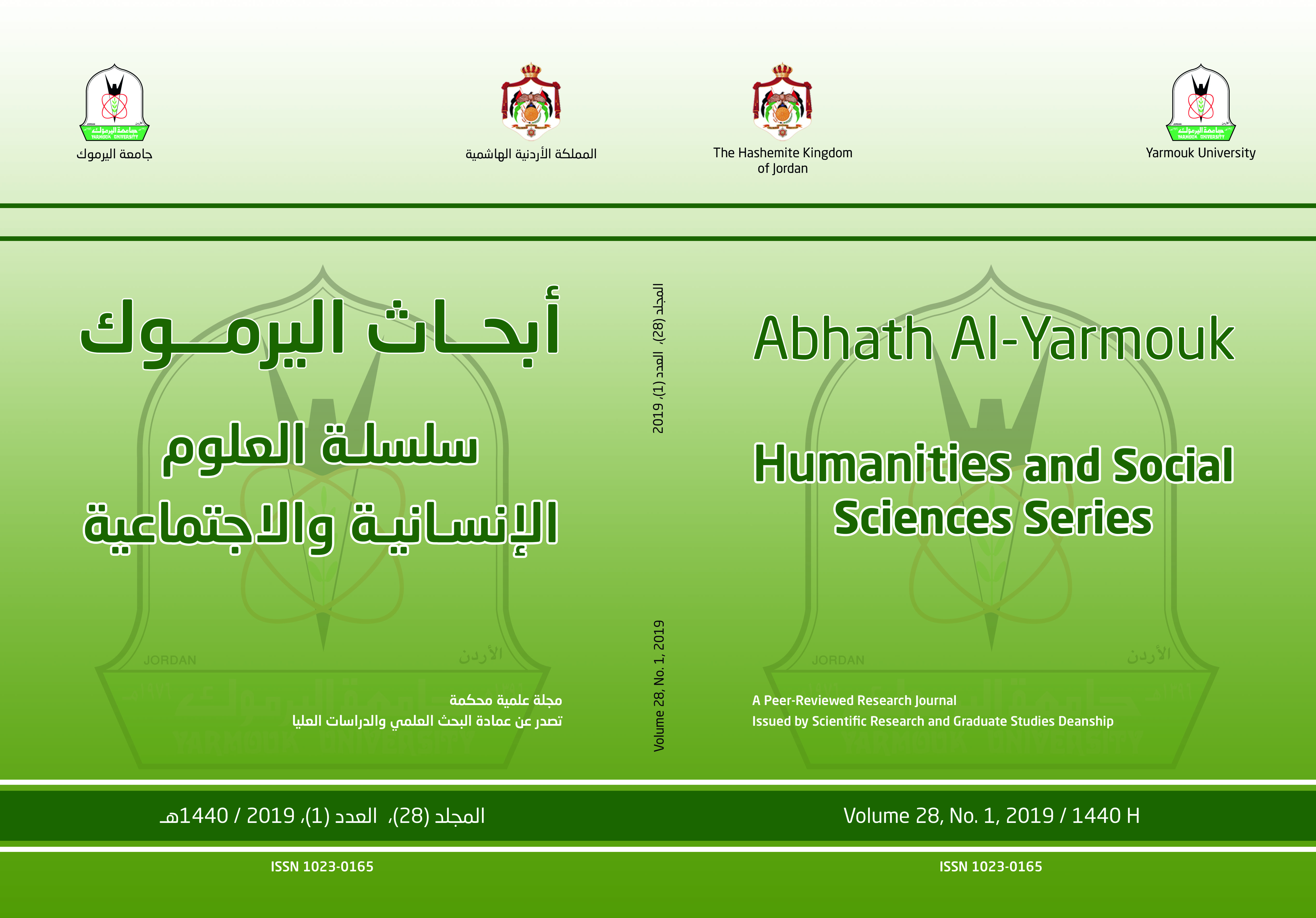Integrative Employment of Hydrological and Climate Models in Estimating the Water Budget: A Case Study of the Wadi Fatimah
Keywords:
Maximum daily rainfall, NRCS-CN Model, Climatic models, Hydrologic models, Water balance, Wadi Fatimah basin, Saudi Arabia.Abstract
This study relies on the application of NRCS-CN model proposed by the US National Resources Conservation Service widely used in estimating the initial coefficient (Ia), the potential maximum retention after runoff (S), the direct surface runoff (Qa). The Makkink, Turc and Jensen-Haise models in estimating water losses by evaporation-transpiration due to the lack of actual measurements during the studied period. The required parameters of water balance were determined using the relationships between the NRCS-CN outputs and the evapotranspiration estimates.
To achieve the sudy objectives, this study used four mapping sources, that are; the ASTER Dem 30m in determining the the Wadi Fatimah catchment and its sub-basins, the Land resources map in extracting the weighted curves number, the Geologic maps (1:250000) to determine the rock formations, and the Topographic maps (1:250000) in analyze the relief properties. The maximum daily rainfall data recorded in stations of Mecca (J114), Bahrah Al-Jadida (J102), Taif (Al-Qadirah) (TA004), Wadi Muharram (TA106), and Mudrakah (J214) supervised by the Ministry of Environment, Water and Agriculture were used in computing water surplus.The results of this study showed that the weighted curve numbers were ranged between 78.8 in Wadi Makkah basin and 92.5 in Wadi Huwarah basin, the daily rainfall average between 29.4 mm/day in the Wadi Huwarah, Milh, Şigiyah, Dhu’ar and Bashm basins and 39.0 mm/day in the Wadi Faydhah and Wadi Shu’aib Al Ahmar basins.The potential maximum soil moisture retention after runoff begins was ranged between 19.4 mm/day in the Wadi Milh basin and 68.5 mm/day in the Wadi Makkah basin, , the initial abstraction ranged between 4.1 in the Wadi Huwarah basin and 13.7 mm/day in the Wadi Makkah basin and the direct runoff ranged between 8.9 mm/day in the Wadi Dhu’ar basin and 22.5 mm/day in the Wadi Milh basin. So, the water surplus extrcted fron rainfall was raged between 22.4 mm/day in the Wadi Makkah basin and 34.0 mm/day in the Wadi Faydah basin, the daily infiltration ranged between 6.3 mm/day in the Wadi Huwarah basin and 9.3 mm/day in the Wadi Makkah basin, and the daily evapotranspiration ranged between 3.6 mm/day in six basins and 4.1 mm/day in three basins.

